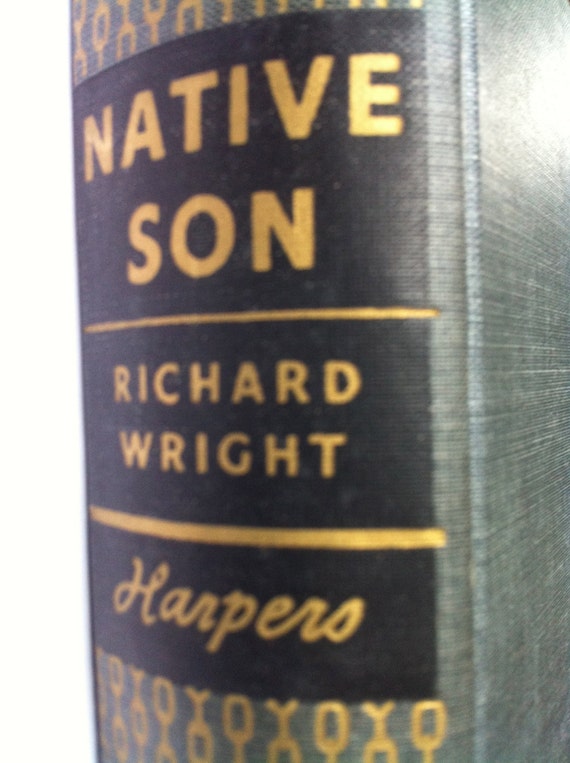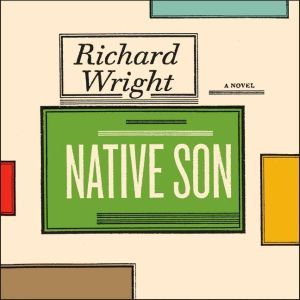

The sequence of seemingly unstoppable and harrowing events that snowball as the novel progresses offered me unprecedented access into a world of experience that I, a white male, could never know otherwise. Wright depicts the events that surround and subdue Bigger Thomas in a way that illuminates how extant societal structures continually oppress and disadvantage young black American men. But I couldn't have been prepared for Native Son's captivating, visceral portrayal of Bigger Thomas's plight. Wright is a major literary figure, so of course he belonged on an exam list.

I had read Wright's Black Boy, so I was acquainted with his style and profound depiction of the American south. I included it as part of the comprehensive exams required for my PhD in English literature. But he wasn't pleased with its reception.I first encountered Richard Wright's Native Son from an admittedly privileged point of view.


But Wright put all of his frustrations about growing up in poverty in Mississippi during racial segregation and the Jim Crow era into his writing, subsequently paving the way for the likes of literary heroes such as James Baldwin, Lorraine Hansberry, and Gwendolyn Brooks.īorn on Septemin a small town called Roxie, Wright first rose to prominence with the collection of short stories, Uncle Tom's Children, published in 1938. The social unrest, race riots, and political rancor of that time didn't make it a particularly favorable time for a sharecropper's son to succeed as an author. To give you an idea of what a huge accomplishment it was at the time for the then-31-year-old writer, actress Hattie McDaniel had just become the first African-American ever to win an Academy Award for Best Supporting Actress in Gone With the Wind. When one of the best Richard Wright books was published in 1940- Native Son- it became the first best-selling novel by an African-American author ever.


 0 kommentar(er)
0 kommentar(er)
